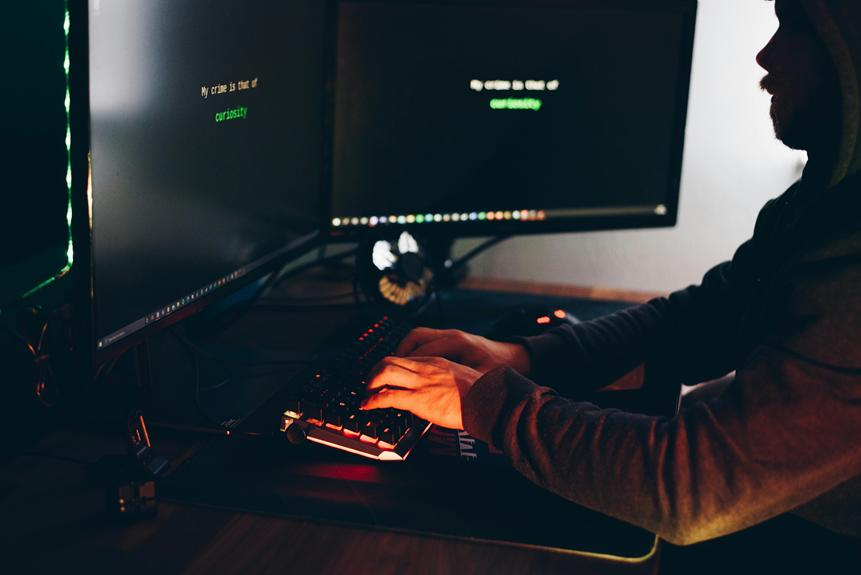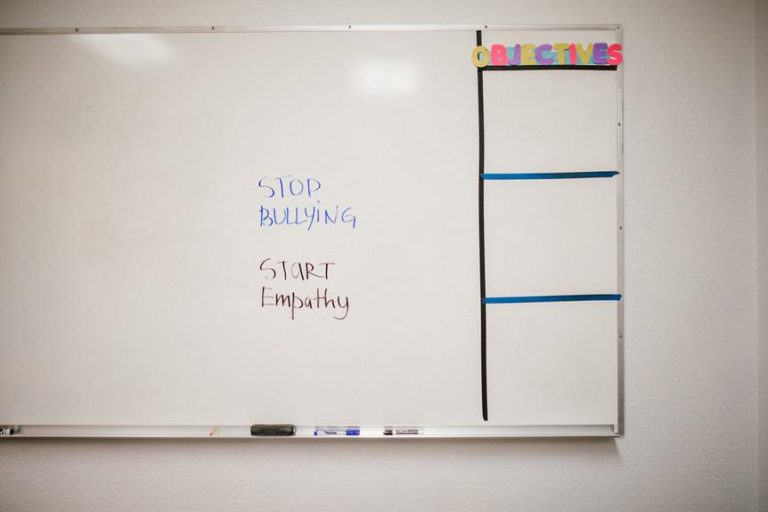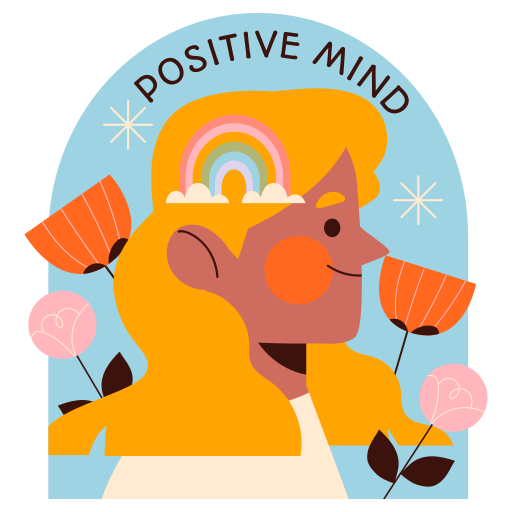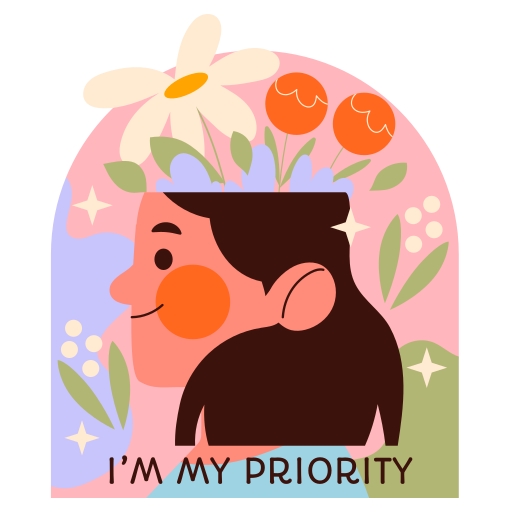Have you ever wondered how to tell if someone is being real or just putting on an act? It can be like solving a mystery! Learning to spot the signs of fake people is like becoming a detective of human behavior. By paying attention to little clues and how people act, you can start to see through their fake masks. But figuring out if someone is fake isn't easy – it takes a mix of being alert, understanding, and watching closely. Let's explore this cool skill together!
Imagine being able to see through someone's fake smile or fake words. It's like having a superpower! By noticing the small details and how people behave, you can start to unravel the mystery of who they really are. It's like peeling back layers of a disguise to reveal the truth underneath. So, are you ready to become a fake person detective? Let's dive in and discover the secrets of spotting the real from the fake!
Recognizing Red Flags
Recognizing red flags in a person's behavior is vital in detecting signs of authenticity or deceit. When trying to spot a fake person, paying attention to these red flags can be critical. One major red flag is when someone constantly shifts personalities based on situations or people, as this inconsistency can indicate a lack of genuineness. Furthermore, individuals who excessively flatter or compliment others might be using manipulation tactics to gain favor, revealing insincerity in their interactions.
Trusting your gut instincts is another key factor in identifying fake behavior. If something feels off or too good to be true, it's crucial to stay true to your intuition. In addition, individuals who quickly share personal details with strangers should raise a red flag, as this oversharing tactic is often used to appear trustworthy but can actually signify a lack of authenticity.
Identifying Inconsistencies in Their Story
When evaluating the authenticity of an individual, a key aspect to assess is identifying inconsistencies in their narrative or account of events. Fake individuals often weave a web of lies and deceit, but by scrutinizing their stories for disparities, one can begin to expose the facade they present. Here are some key points to take into account when looking for these disparities:
- Look for inconsistencies between what the fake person says and what they do in their actions. Actions speak louder than words, and observing whether their behavior aligns with their claims can reveal a lot about their true character.
- Pay attention to changes in their stories or details that don't add up. Fake individuals may struggle to keep their fabrications straight, leading to slip-ups and contradictions over time.
- Compare their statements with known facts or information to uncover disparities. By cross-referencing their claims with verifiable truths, one can expose any falsehoods they may be perpetuating.
Observing Body Language and Expressions

In the area of evaluating individual authenticity, a critical aspect lies in keenly observing body language and expressions as they can offer valuable insights into one's true emotions and intentions. People often convey hidden feelings through body language cues that may contradict their verbal communication. Actions like crossed arms, fidgeting, or avoiding eye contact can signal discomfort or even dishonesty. Furthermore, micro-expressions, which are fleeting facial expressions lasting only a fraction of a moment, can reveal genuine emotions that differ from the words spoken. Inconsistencies between body language and spoken words are red flags that could indicate deception or hidden agendas. Signs such as forced smiles, tense muscles, or excessive sweating may suggest unease or discomfort in a given situation. It is crucial to pay close attention to non-verbal signals like hand gestures, posture shifts, or the lack of mirroring in conversations to detect potential deception accurately. Mastering the art of decoding body language and expressions can be a powerful tool in uncovering the authenticity of individuals.
Asking Probing Questions and Responses
Asking probing questions serves as a valuable tool in exposing inconsistencies in a fake person's narrative or conduct. Responses to such questions can range from defensive reactions to attempts at diverting the conversation away from the topic at hand. Genuine individuals typically exhibit openness and honesty when faced with probing inquiries, providing insight into the true nature of the person being scrutinized.
Question Their Behavior
Engaging with a fake person necessitates employing strategic questioning techniques to expose inconsistencies and reveal their true nature. When questioning their behavior, it is crucial to pay attention to subtle cues that may indicate deception. Here are some key strategies to ponder:
- Observe Body Language: Watch for signs like fidgeting, avoiding eye contact, or other nervous gestures that might betray their true feelings.
- Look for Inconsistencies: Note any disparities between their words and actions or conflicting details in their stories that could indicate falsehood.
- Ask Follow-Up Questions: Investigate further into areas where their responses are unclear or contradictory to uncover the truth beneath the facade.
Listen for Inconsistencies
To effectively uncover the true nature of a fake person, it is important to keenly listen for inconsistencies in their narratives through skillful probing questions and attentive responses. When interacting with someone suspected of being fake, it is critical to ask questions that explore deeper into their stories, probing for any discrepancies or contradictions that may arise. Trusting intuition plays a significant role in this process, allowing one to sense when something does not align in the person's accounts. Observing body language can also provide valuable cues, as changes in tone, gestures, or details may indicate deceit. By remaining vigilant and actively listening for inconsistencies while engaging with the individual, one can better detect potential falsehoods and disclose the facade they present.
Pay Attention to Reactions
When examining a suspected fake person, a discerning observer should closely monitor their reactions to probing questions, as these responses can often reveal underlying discomfort or attempts at evasion.
Key Points to Consider:
- Inconsistencies: Notice any discrepancies or contradictions in their answers, as fake individuals may struggle to maintain a coherent story.
- Defensiveness: Look for signs of deflection or resistance when direct questions are asked, as fake people often try to avoid revealing the truth.
- Non-Verbal Cues: Pay attention to non-verbal signals such as body language and facial expressions, as they can indicate discomfort or deception during the conversation.
Can Being Quiet Help in Exposing a Fake Person?
In certain situations, knowing how to be quiet can be a powerful tool in exposing a fake person. By observing and listening, one can pick up on inconsistencies and insincerities that may not be immediately apparent. Being quiet allows for a deeper understanding of someone’s true intentions.
Checking Online Profiles and Background
Thoroughly scrutinizing online profiles and background information is vital in uncovering inconsistencies and potential deception in an individual's digital presence. When attempting to expose a fake person, it is essential to check for red flags and verify the authenticity of their online profiles. One effective way to do this is by cross-referencing information from various sources to validate the accuracy of the details provided. It is also vital to look for discrepancies between what the person claims online and their actual actions in real life. By paying close attention to these details, one can often spot inconsistencies that may indicate deceit.
The table below summarizes key points to take into account when checking online profiles and background information:
| Aspect | Significance | Action |
|---|---|---|
| Fake Friends | Indicates deception | Evaluate friend list for authenticity |
| Check for Inconsistencies | Reveals dishonesty | Compare stated information for any disparities |
| Verify Background Details | Ensures credibility | Confirm educational/work history and qualifications |
| Red Flags | Warning signs of deceit | Investigate any suspicious behavior |
| Validate Authenticity | Confirms truthfulness | Authenticate information from multiple sources |
Noticing Personality Shifts

Noticing shifts in an individual's personality can provide valuable insights into their authenticity and sincerity, especially following a thorough examination of their online profiles and background information. When trying to expose a fake person, paying attention to these personality shifts is essential:
- Sudden Changes in Behavior: One key aspect to watch for is abrupt alterations in how an individual behaves or their attitude towards others. These sudden changes can indicate a lack of sincerity or authenticity.
- Inconsistencies in Speech and Actions: Another red flag is noticing discrepancies in how a person speaks or acts in different situations. Inconsistencies in behavior across various contexts may point towards deceptive tendencies.
- Shifts in Interactions: Observing how an individual interacts with different people can also reveal signs of insincerity. If their personality drastically shifts depending on who they are with, it could be a sign of a fake persona being presented.
Being mindful of these signs and actively looking for them can help in identifying deceptive or inauthentic individuals in social interactions.
Frequently Asked Questions
How Do You Deal With a Fake Person?
Dealing with a fake person involves spotting signs of inconsistency, setting boundaries, confronting deceptive behavior, trusting instincts, seeking support, and practicing self-care strategies. Authenticity and honesty are key in fostering genuine relationships while managing deceptive individuals professionally.
What to Do if You Are Surrounded by Fake People?
When surrounded by fake people, spotting signs of inconsistency, seeking support, setting boundaries, practicing self-care, and prioritizing authenticity are crucial. Building trust cautiously and maintaining a discerning approach can help navigate such environments effectively.
What Is the Difference Between a Genuine Person and a Fake Person?
In distinguishing a genuine person from a fake one, identifying traits such as authentic connections, genuine reactions, and honest communication are key. Red flags often surface in inconsistent behavior, revealing true intentions that differ from appearances.
How Fake Friends Behave?
Fake friends exhibit fake smiles, hidden agendas, and manipulative behavior. They engage in superficial friendships, displaying betrayal signs and fostering toxic relationships. Understanding these behaviors is vital in identifying and steering clear from such individuals.

















